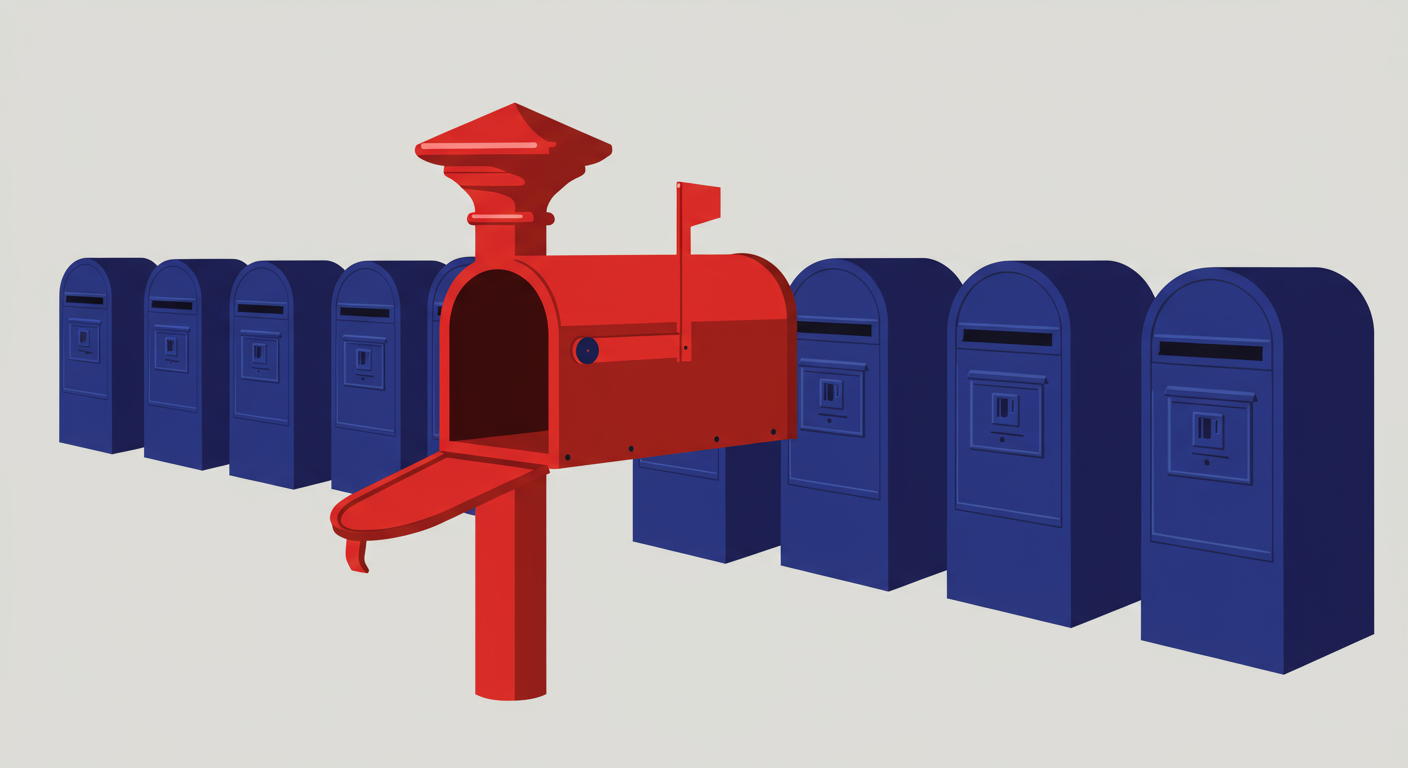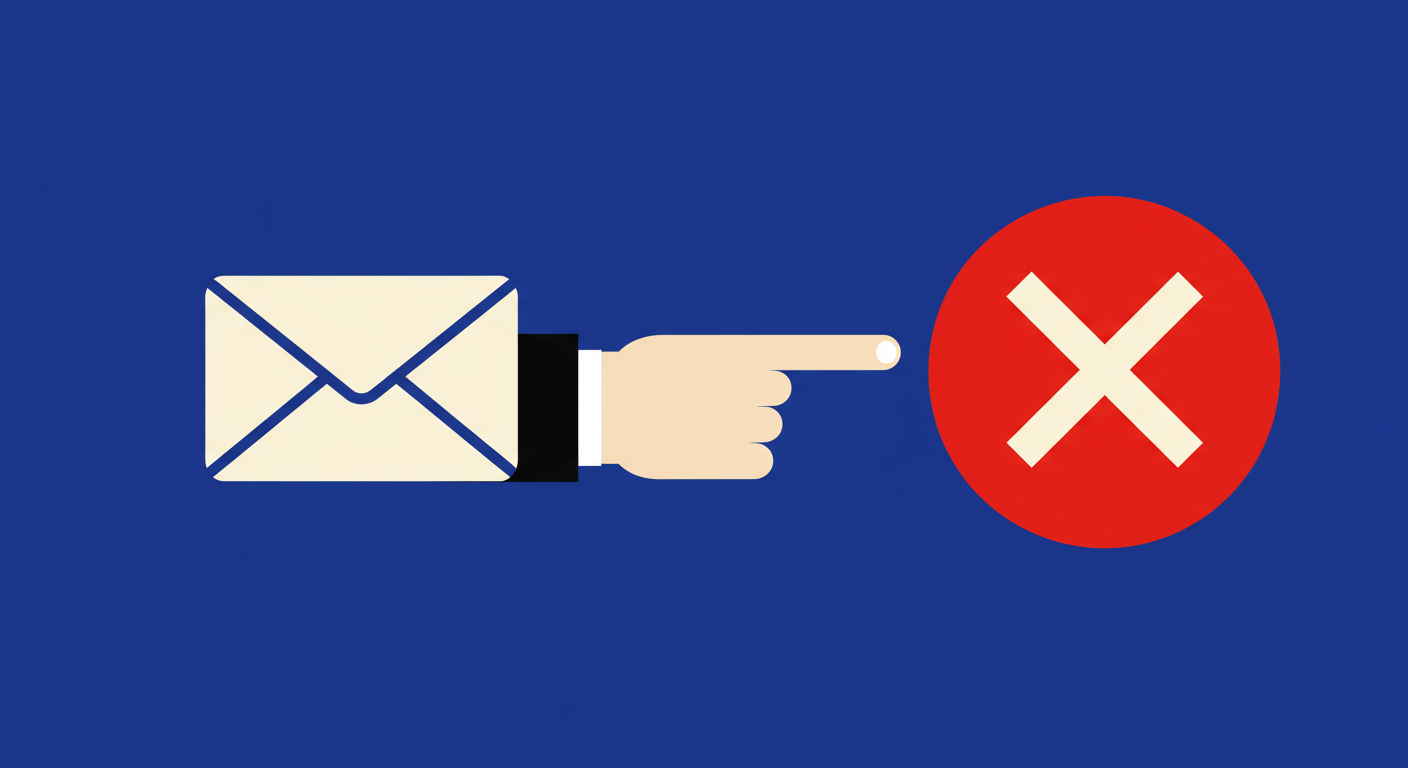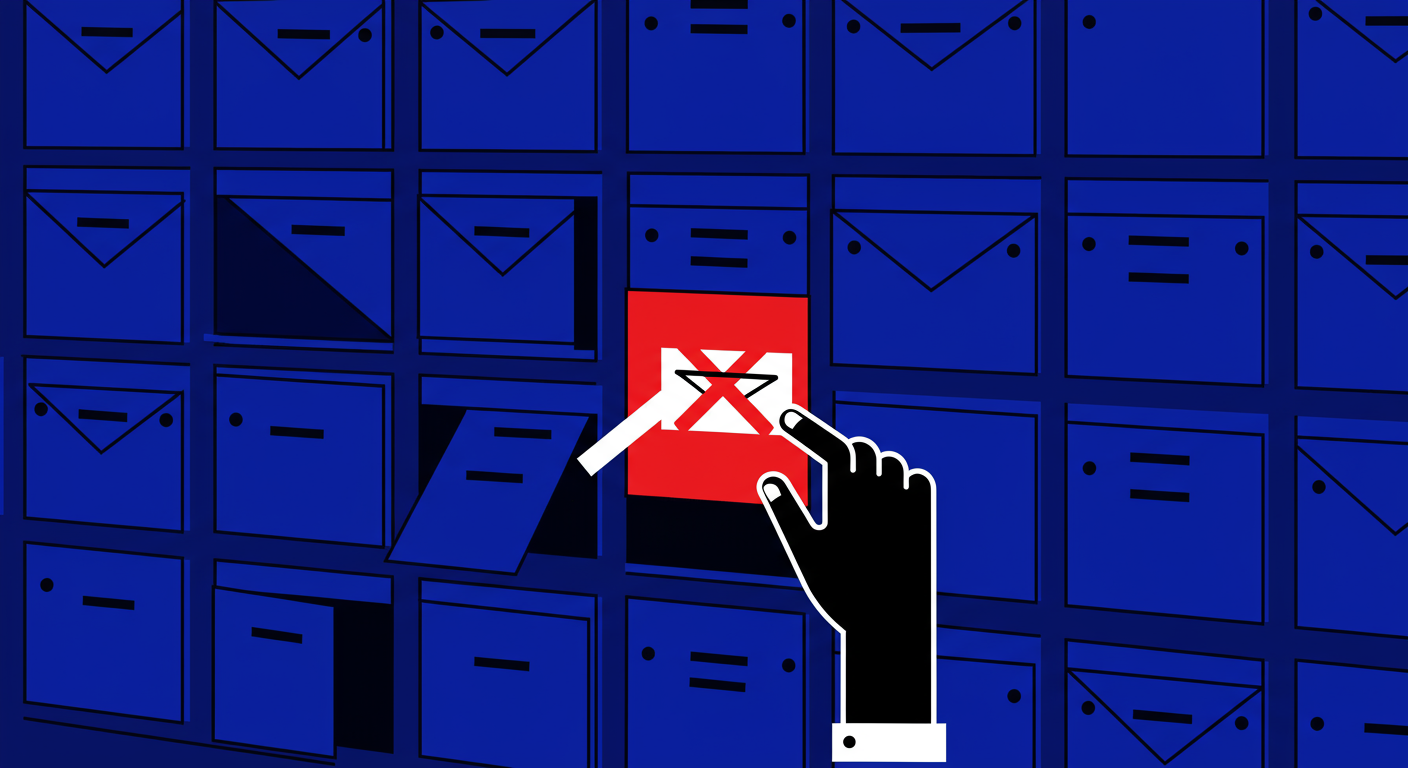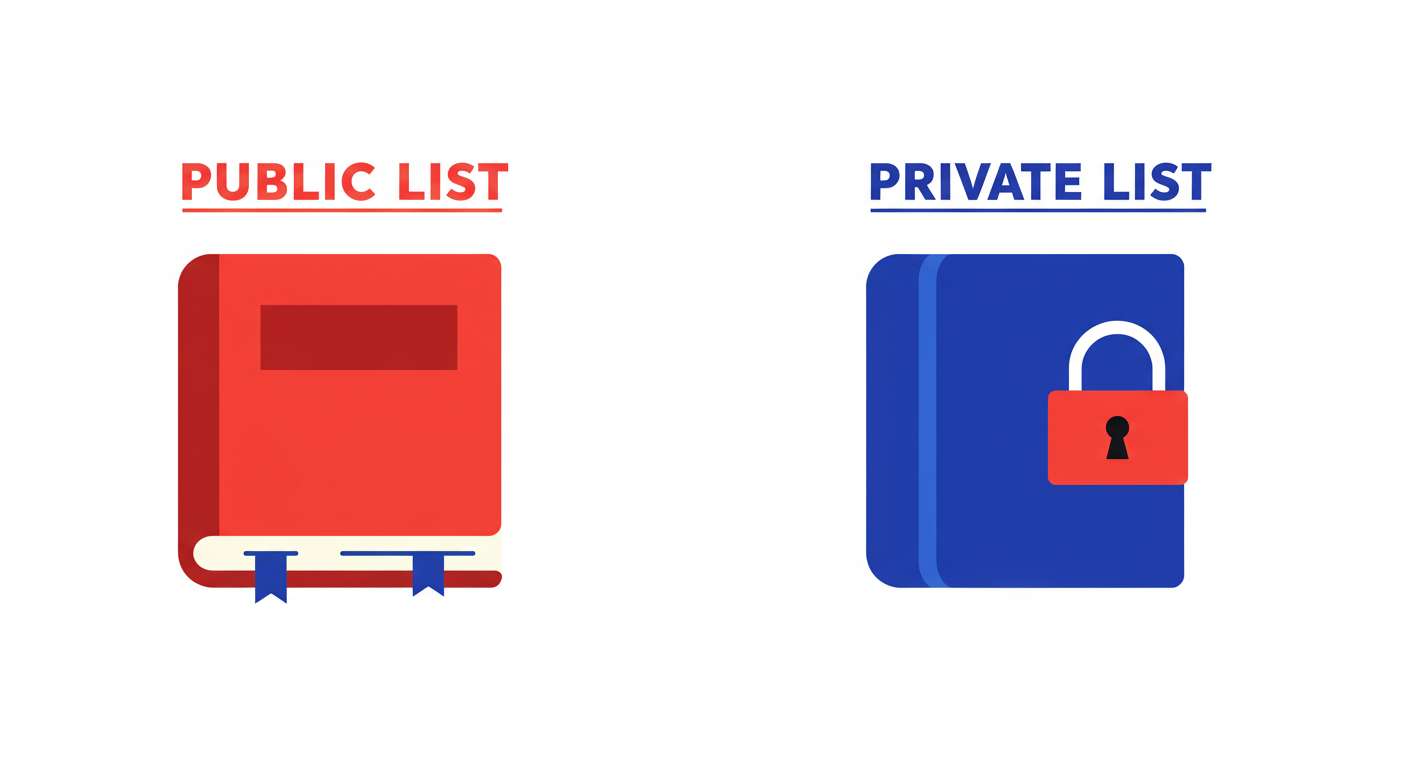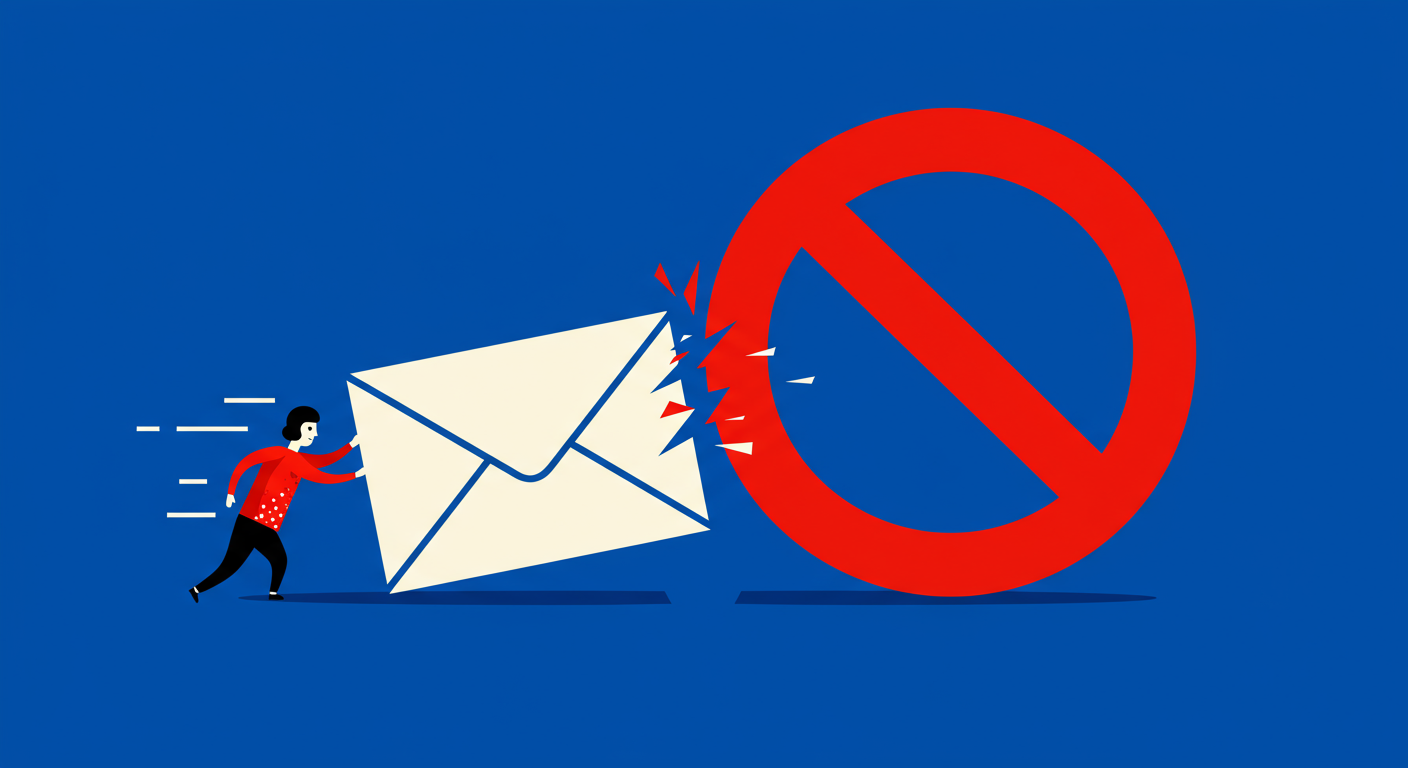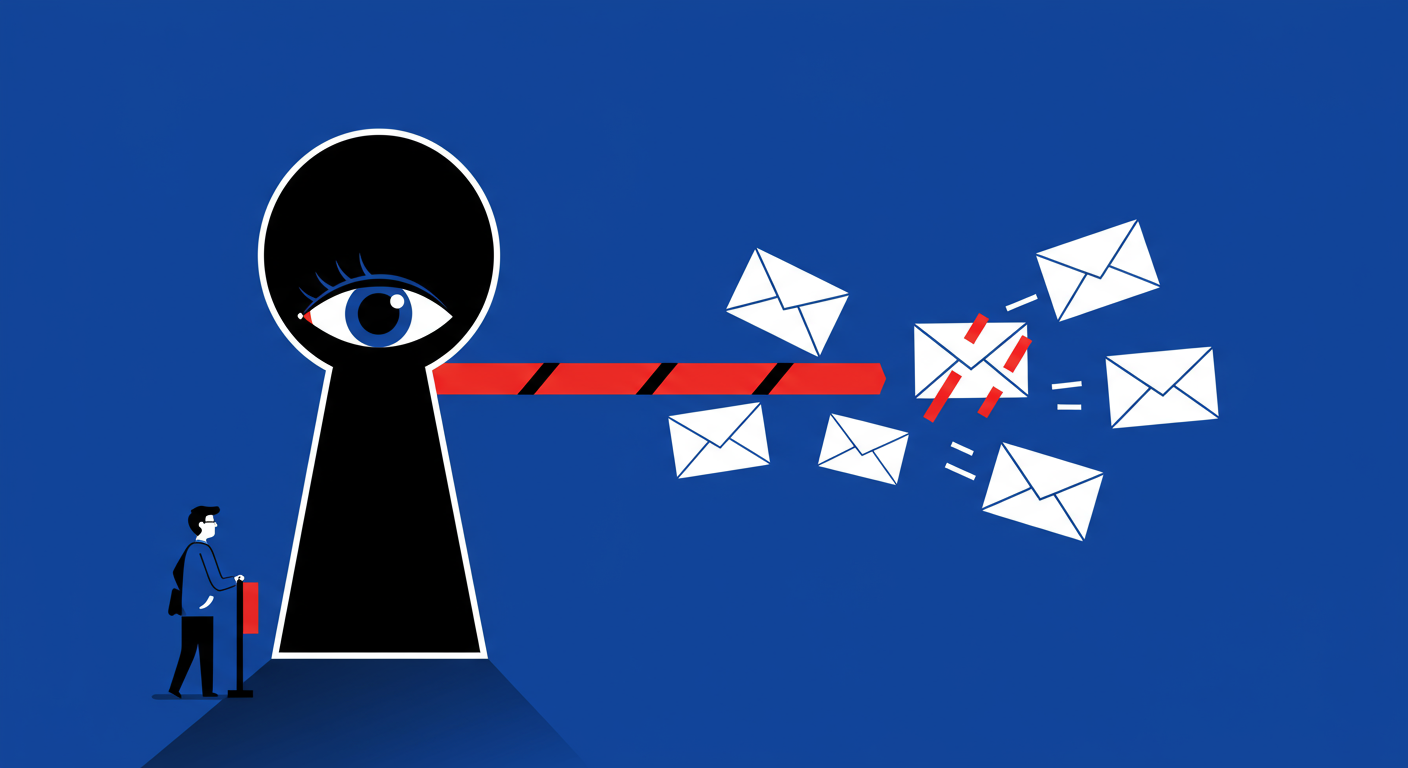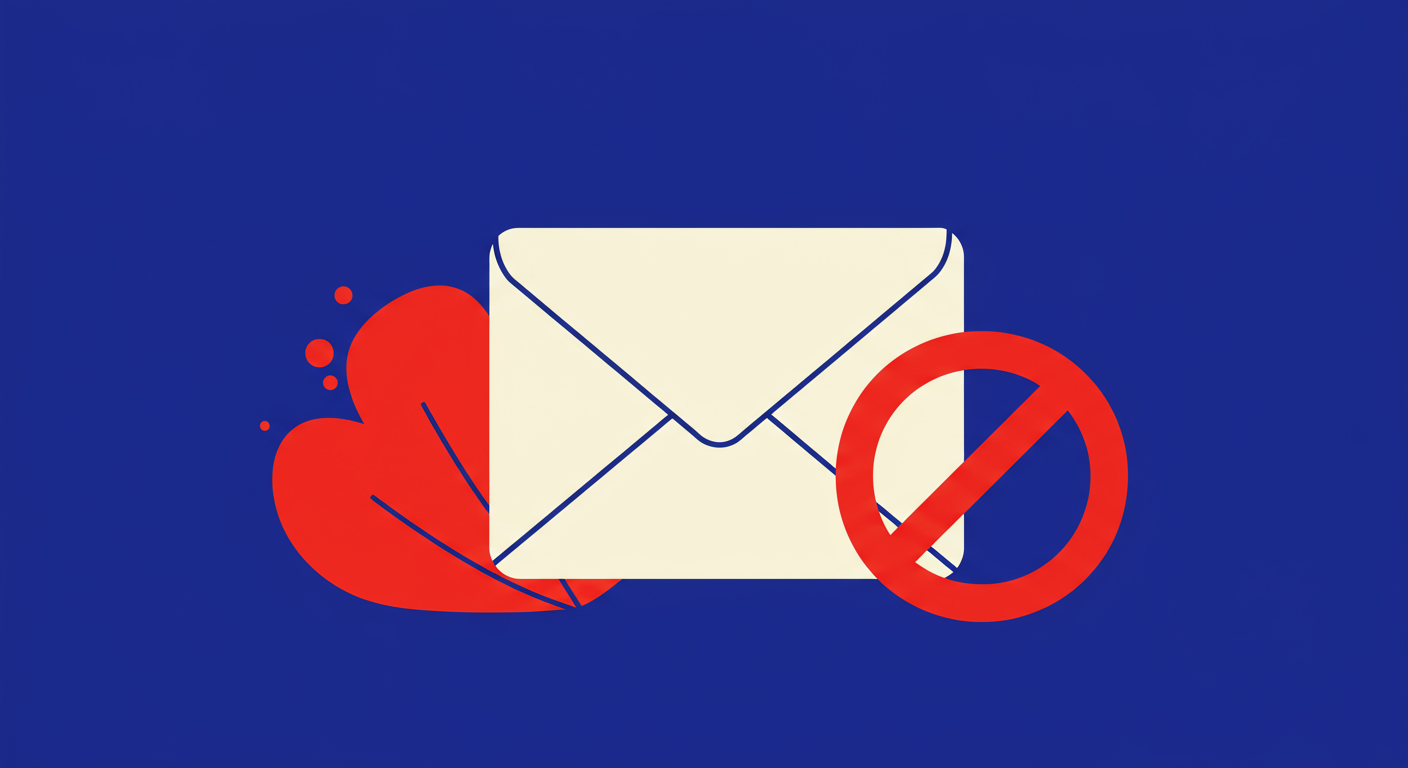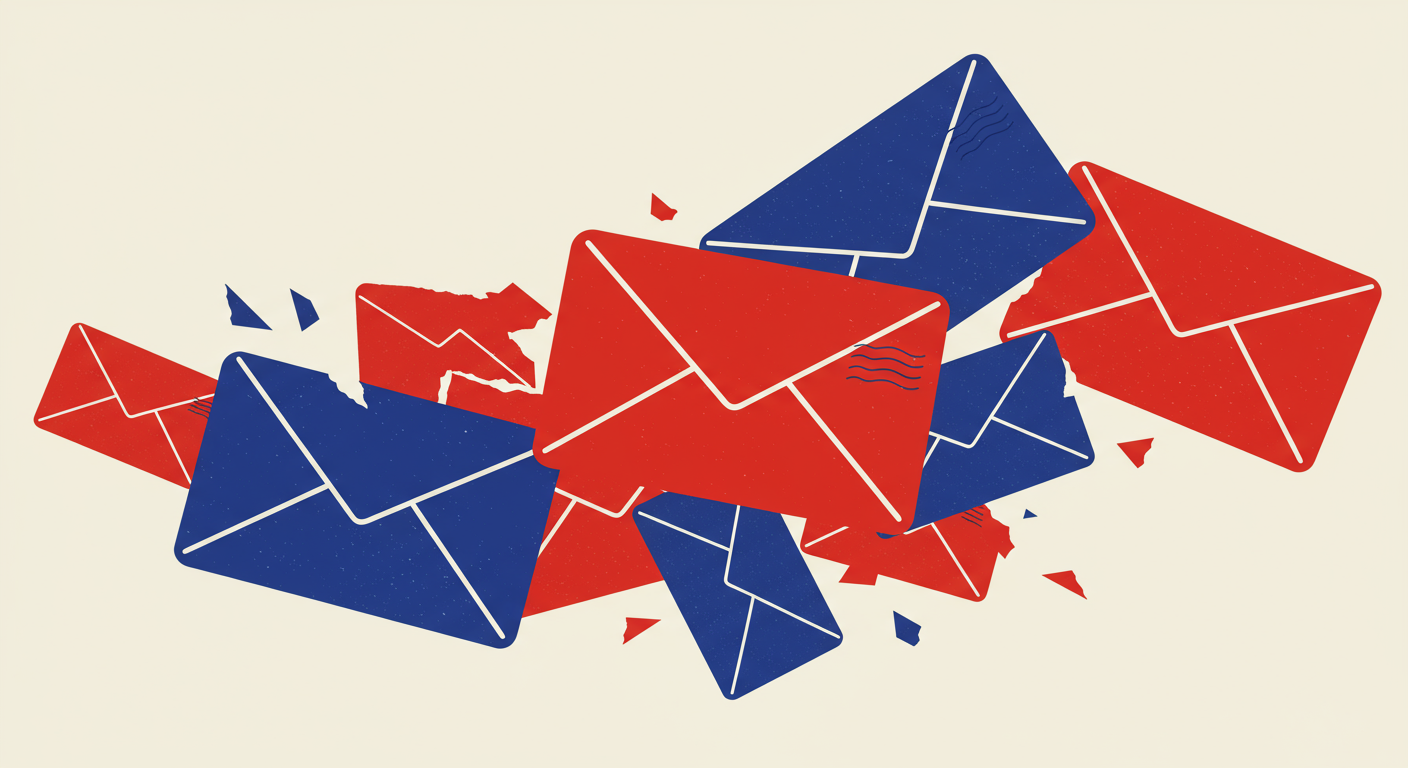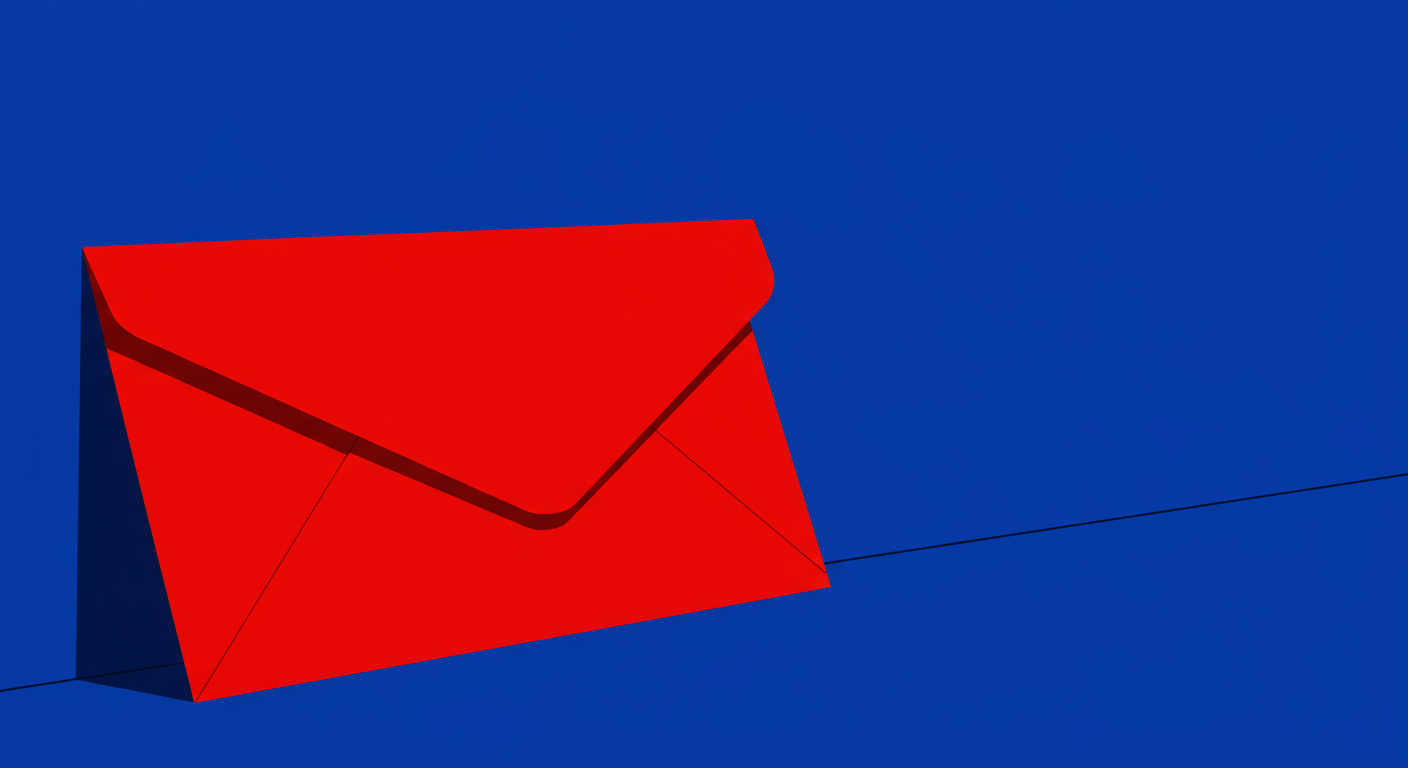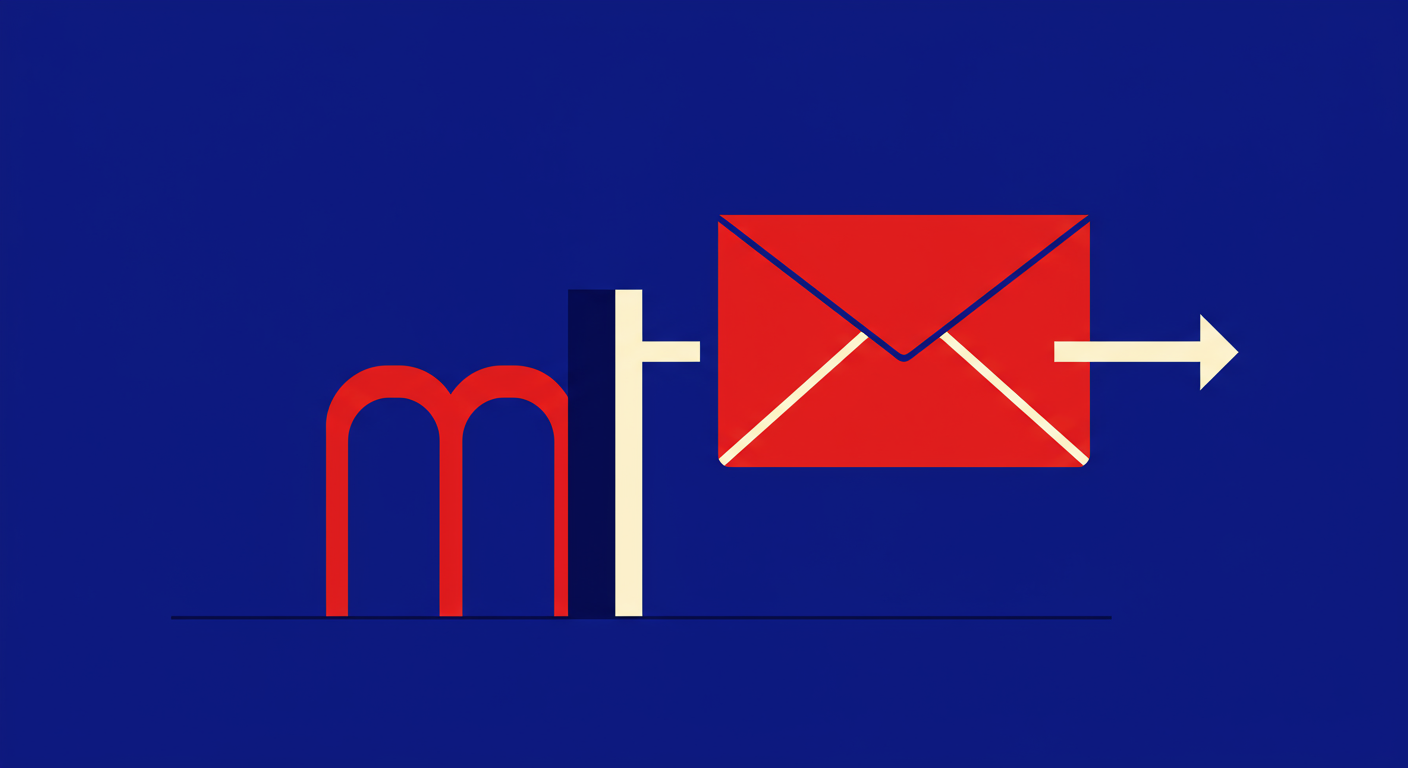 Spamhaus
Spamhaus 0Spam
0Spam Cisco
Cisco NoSolicitado
NoSolicitado URIBL
URIBL abuse.ro
abuse.ro ALPHANET
ALPHANET Anonmails
Anonmails Ascams
Ascams BLOCKEDSERVERS
BLOCKEDSERVERS Calivent Networks
Calivent Networks EFnet
EFnet
 JustSpam
JustSpam Kempt.net
Kempt.net
 NordSpam
NordSpam RV-SOFT Technology
RV-SOFT Technology
 Scientific Spam
Scientific Spam Spamikaze
Spamikaze SpamRATS
SpamRATS SPFBL
SPFBL Suomispam
Suomispam System 5 Hosting
System 5 Hosting Team Cymru
Team Cymru Validity
Validity www.blocklist.de Fail2Ban-Reporting Service
www.blocklist.de Fail2Ban-Reporting Service ZapBL
ZapBL 2stepback.dk
2stepback.dk Fayntic Services
Fayntic Services ORB UK
ORB UK technoirc.org
technoirc.org TechTheft
TechTheft Spamhaus
Spamhaus 0Spam
0Spam Cisco
Cisco NoSolicitado
NoSolicitado URIBL
URIBL abuse.ro
abuse.ro ALPHANET
ALPHANET Anonmails
Anonmails Ascams
Ascams BLOCKEDSERVERS
BLOCKEDSERVERS Calivent Networks
Calivent Networks EFnet
EFnet
 JustSpam
JustSpam Kempt.net
Kempt.net
 NordSpam
NordSpam RV-SOFT Technology
RV-SOFT Technology
 Scientific Spam
Scientific Spam Spamikaze
Spamikaze SpamRATS
SpamRATS SPFBL
SPFBL Suomispam
Suomispam System 5 Hosting
System 5 Hosting Team Cymru
Team Cymru Validity
Validity www.blocklist.de Fail2Ban-Reporting Service
www.blocklist.de Fail2Ban-Reporting Service ZapBL
ZapBL 2stepback.dk
2stepback.dk Fayntic Services
Fayntic Services ORB UK
ORB UK technoirc.org
technoirc.org TechTheft
TechTheft Spamhaus
Spamhaus 0Spam
0Spam Cisco
Cisco NoSolicitado
NoSolicitado URIBL
URIBL abuse.ro
abuse.ro ALPHANET
ALPHANET Anonmails
Anonmails Ascams
Ascams BLOCKEDSERVERS
BLOCKEDSERVERS Calivent Networks
Calivent Networks EFnet
EFnet
 JustSpam
JustSpam Kempt.net
Kempt.net
 NordSpam
NordSpam RV-SOFT Technology
RV-SOFT Technology
 Scientific Spam
Scientific Spam Spamikaze
Spamikaze SpamRATS
SpamRATS SPFBL
SPFBL Suomispam
Suomispam System 5 Hosting
System 5 Hosting Team Cymru
Team Cymru Validity
Validity www.blocklist.de Fail2Ban-Reporting Service
www.blocklist.de Fail2Ban-Reporting Service ZapBL
ZapBL 2stepback.dk
2stepback.dk Fayntic Services
Fayntic Services ORB UK
ORB UK technoirc.org
technoirc.org TechTheft
TechTheft Spamhaus
Spamhaus 0Spam
0Spam Cisco
Cisco NoSolicitado
NoSolicitado URIBL
URIBL abuse.ro
abuse.ro ALPHANET
ALPHANET Anonmails
Anonmails Ascams
Ascams BLOCKEDSERVERS
BLOCKEDSERVERS Calivent Networks
Calivent Networks EFnet
EFnet
 JustSpam
JustSpam Kempt.net
Kempt.net
 NordSpam
NordSpam RV-SOFT Technology
RV-SOFT Technology
 Scientific Spam
Scientific Spam Spamikaze
Spamikaze SpamRATS
SpamRATS SPFBL
SPFBL Suomispam
Suomispam System 5 Hosting
System 5 Hosting Team Cymru
Team Cymru Validity
Validity www.blocklist.de Fail2Ban-Reporting Service
www.blocklist.de Fail2Ban-Reporting Service ZapBL
ZapBL 2stepback.dk
2stepback.dk Fayntic Services
Fayntic Services ORB UK
ORB UK technoirc.org
technoirc.org TechTheft
TechTheft Spamhaus
Spamhaus 0Spam
0Spam Cisco
Cisco NoSolicitado
NoSolicitado URIBL
URIBL abuse.ro
abuse.ro ALPHANET
ALPHANET Anonmails
Anonmails Ascams
Ascams BLOCKEDSERVERS
BLOCKEDSERVERS Calivent Networks
Calivent Networks EFnet
EFnet
 JustSpam
JustSpam Kempt.net
Kempt.net
 NordSpam
NordSpam RV-SOFT Technology
RV-SOFT Technology
 Scientific Spam
Scientific Spam Spamikaze
Spamikaze SpamRATS
SpamRATS SPFBL
SPFBL Suomispam
Suomispam System 5 Hosting
System 5 Hosting Team Cymru
Team Cymru Validity
Validity www.blocklist.de Fail2Ban-Reporting Service
www.blocklist.de Fail2Ban-Reporting Service ZapBL
ZapBL 2stepback.dk
2stepback.dk Fayntic Services
Fayntic Services ORB UK
ORB UK technoirc.org
technoirc.org TechTheft
TechTheftWhat is Scientific Spam RHSBL?
Scientific Spam RHSBL is a niche Domain Name System Blocklist (DNSBL) that specifically targets spammers in the academic and scientific communities. The operators note that many conventional blacklists have limited visibility into this highly targeted type of spam due to its relatively low volume. Senders are added to this blacklist for sending unsolicited bulk email, often to addresses sourced from publications on PubMed and similar scientific resources. This is a public service, and mail server operators, particularly at universities, can voluntarily use it to filter incoming mail.
The blocklist maintains two types of listings: one based on IP addresses and another based on domain names. It is important to note that this blacklist does not list senders for common issues like hacked accounts, botnet activity, or general security problems. Its focus is strictly on entities sending what it defines as "scientific spam".
Technical details
Technically, the Scientific Spam RHSBL functions like other DNS-based blocklists. Queries for listed IP addresses to rhsbl.scientificspam.net will return the address 127.0.0.2. Following the conventions of other domain-based lists, queries for listed domain names return 127.0.1.2. A TXT query for a listed IP or domain provides more context, often including a tag for the spamming party (if known), the email subject line, the sender's address, and the date of the listing.
Who runs Scientific Spam RHSBL?
Scientific Spam RHSBL is operated by a group of anonymous volunteers without a formal company structure. They describe themselves as peers of the people receiving the spam, such as academics and researchers whose email addresses are listed in scientific publications. This informal and anonymous structure is a deliberate choice, intended to protect the operators from the harassment that other DNSBL operators have sometimes faced. The project's goal is to protect their own systems from this niche spam and offer it as a public service for others who find it useful.
How do I get removed and delisted from Scientific Spam RHSBL?
The delisting process is handled exclusively via email. Listings on this blocklist are permanent and do not expire automatically; they must be manually removed after a request is made. Before requesting removal, you must first confirm you are on the blacklist and gather the necessary information. Do not use blog comments or social media to request delisting.
To request delisting, follow these steps:
- Confirm the listing. Use a command-line tool like 'nslookup' or 'dig' to query the blocklist directly. You need to check for your IP address or domain name to see if it is listed and to view the associated TXT record explaining the reason.
- Draft your email. Write a plain text email in English to rocket.scientists@scientificspam.net. HTML-only emails will be rejected.
- Provide necessary details. Include the specific IP address or domain name that is listed in plain text. Do not send screenshots.
- Explain the resolution. You must provide a thorough explanation of how you have stopped the spamming activity. Do not mention security fixes, closing hacked accounts, or implementing email authentication standards like SPF or DKIM, as these are not reasons for listing. Also, do not reference spam laws like CAN-SPAM.
- Ensure you can receive replies. Make sure your mail server is configured to accept emails from the Scientific Spam team and does not use a challenge-response system that would block their reply.
What's the impact of being listed on Scientific Spam RHSBL?
The impact of being on the Scientific Spam RHSBL is generally considered low, as it is a highly specialized blacklist. Its usage is not as widespread as major blocklists that cover all types of spam. However, for senders trying to reach recipients in academic, research, or scientific fields, the impact can be significant. Mail administrators at universities and research institutions are the most likely to use this blocklist, which could result in a complete block of your emails to that specific audience.
